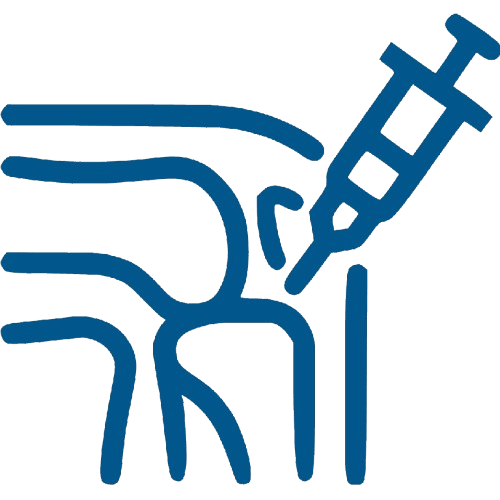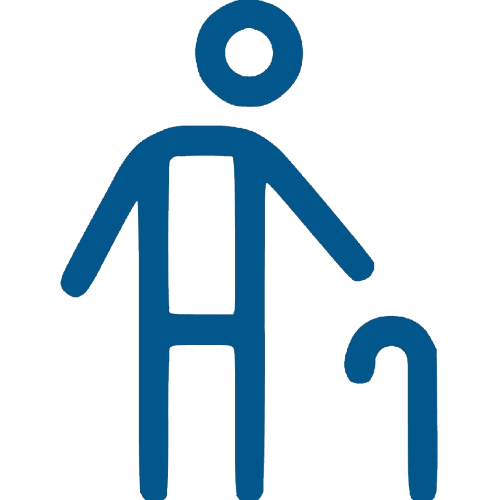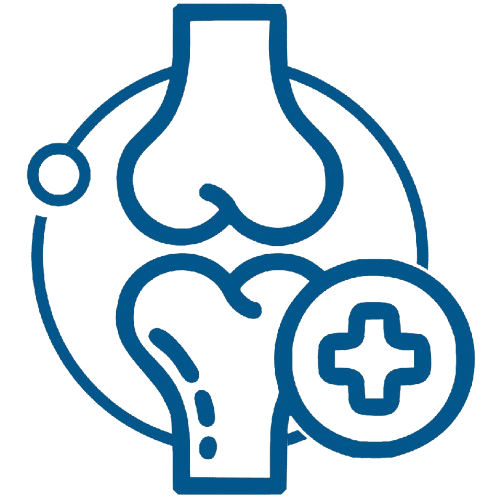Arthroscopy & Ligament Repair in Bengaluru
Minimally Invasive. Maximum Recovery.

Advanced Keyhole Surgery for Joint Injuries
Sports injuries, ligament tears, and shoulder instability can disrupt an active lifestyle. At Orthocare Bengaluru, Dr Syed Imran specialises in arthroscopic (keyhole) surgeries, offering less invasive treatment options with faster recovery times.
This modern approach ensures:
- Smaller Incisions – Leading to minimal scarring and quicker healing
- Reduced Postoperative Pain – Less trauma to surrounding tissues
- Precise Repairs – Effective treatment for ligament and cartilage damage
- Rapid Return to Activities – Especially beneficial for athletes and active individuals
What is Arthroscopy & Ligament Repair?
Arthroscopy involves inserting a tiny camera (arthroscope) into the joint through a small incision to diagnose and treat problems.
Common procedures include:
- ACL Reconstruction – Repairing torn anterior cruciate ligaments
- Meniscal Repair – Restoring cartilage cushioning in the knee
- Shoulder Arthroscopy – Treating rotator cuff tears, labral tears, and recurrent dislocations
Benefits include less soft tissue disruption, reduced hospital stays, and quicker rehabilitation.
Why Choose Dr Syed Imran for Orthopaedic Surgery?
Dr Syed Imran is a globally trained orthopaedic surgeon with fellowships in joint replacement from Endoklinik, Germany—Europe’s leading joint replacement centre.
With over 15 years of expertise and hundreds of successful surgeries, Dr Imran brings:
- World-Class Surgical Skills honed through international training
- Proven Results with thousands of patients regaining pain-free mobility
- A Patient-First Approach ensuring comfort, clarity, and confidence at every step
Who Can Benefit from Joint Replacement?
This method is perfect for treating:
- Athletes with sports-related ligament injuries
- Patients with knee instability due to ACL or meniscus tears
- Individuals with shoulder dislocations or rotator cuff damage
- Those seeking minimally invasive treatment options
Recovery Timeline – What to Expect
Thanks to smaller incisions and reduced tissue trauma, many patients return to light activities within a few weeks and resume sports or high-impact exercises after completing physiotherapy.
Testimonials
Excellent doctor! Listens to your problems patiently and gives the right treatment! There should be more doctors like him! God bless him!
- Aracana Ghalay
Best orthopaedic doctor in Bangalore. I will genuinely recommend him for all ortho-related issues…
- Sameera Iffath
Excellent place — no second thoughts. Please do visit, and your problem will be solved. The doctor is very knowledgeable, co-operative, and supportive. Go for it!
- Ruhi Naaz Shaikh
Very, very good doctor — honest and caring. Look no further for your orthopaedic and sports medicine-related issues.
- Yassir Siraj
Dr Imran is a very good doctor and a good person. He did my ACL and meniscus tear surgery. I recommend everyone who is considering ACL surgery to meet him and make an informed decision.







